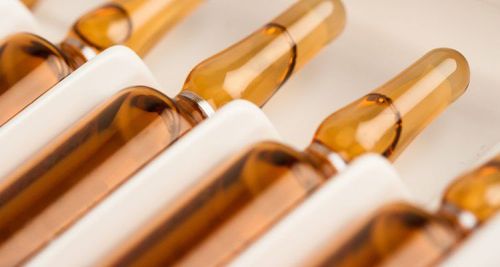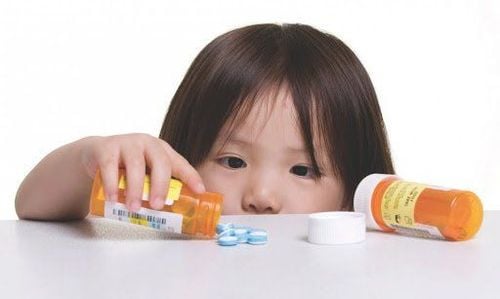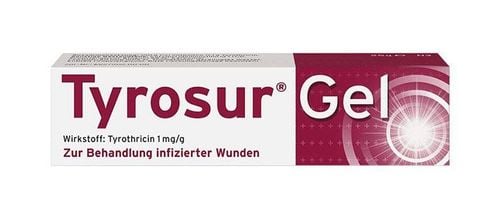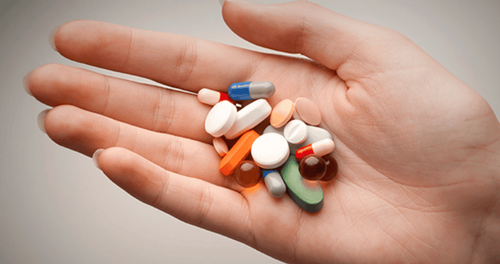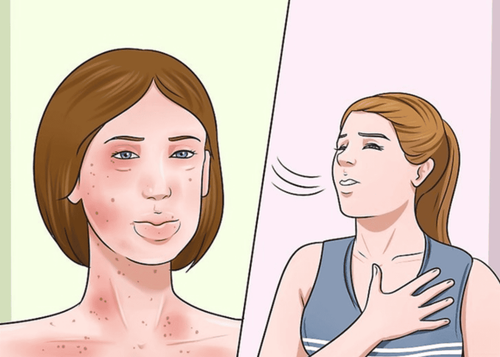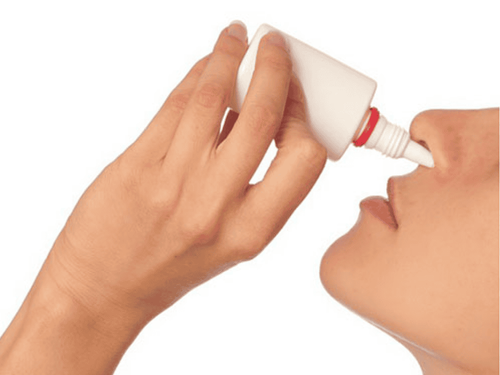This is an automatically translated article.
Fefasdin 60 is an antiallergic drug (belonging to the 2nd generation antihistamine group) commonly used in cases of hypersensitivity, seasonal allergies, hives and chronic idiopathic rash.
1. What diseases does Fefasdin 60 treat?
Fefasdin drugs are prepared with many different strengths, including: Fefasdin 60mg, Fefasdin 120mg and Fefasdin 180mg. The main ingredient of the drug is the active ingredient Fexofenadine (in the form of a hydrochloride salt).
Fefasdin drug has the following uses:
Treatment of seasonal allergic rhinitis; Fefasdin 60 and 120 are specialized in the treatment of chronic idiopathic urticaria in adults and children over 6 years of age. Only children over 12 years old need to use Fefasdin 180.
2. Instructions for using Fefasdin 60
2.1. Fefasdin is available as a film-coated tablet, so it is most effective if the user takes the tablet whole with a little water on an empty stomach.
Note: Do not break, crush or chew the tablet. Do not drink with fruit juice when taking the drug. If you have any questions about how to take Fefasdin, you should ask your doctor for specific instructions.
2.2. Dosage For the treatment of seasonal allergic rhinitis and chronic idiopathic urticaria:
For adults and children over 12 years old: Oral 60mg/time, divided into 2 times a day. If using Fefasdin 120 or 180, take 1 tablet a day; For children from 6-11 years old: Fefasdin 60 should be taken with the recommended dose of 30mg/time x 2 times/day; For patients with renal impairment: The recommended starting dose for adults is 60mg x 1 time/day, for children is 30mg/day;
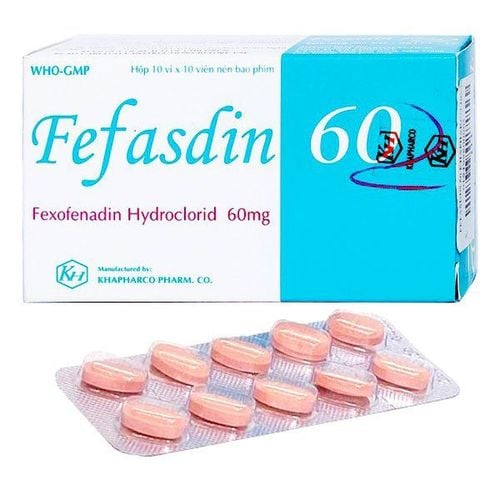
Người bệnh nên dùng thuốc Fefasdin 60 theo chỉ định của bác sĩ
3. Side effects of drugs
There is still not enough information on the acute toxicity of Fefasdin . However, some side effects that may occur in people taking this medicine are:
Common side effects: Fatigue, drowsiness, dizziness, headache, nausea, indigestion, easy viral infections (cold, flu, colds, flu, etc.) ), upper respiratory tract infection, itchy throat, fever, cough, otitis media, back pain, sinusitis; Uncommon side effects: sleep disturbance, nightmares, fear, abdominal pain, dry mouth; Rare side effects: urticaria, pruritus, chest tightness, dyspnea, flushing, angioedema, anaphylaxis.
4. Notes when using drugs
Before considering the use of Fefasdin, it is necessary to know the contraindications as follows:
People who are sensitive to any of its ingredients, especially Fexofenadin; Elderly people over 65 years old; Patients with kidney failure, liver failure; People with pre-existing cardiovascular risk, or a history of pre-existing QT prolongation; People with lactase deficiency, malabsorption syndrome due to deficiency of blood galactose enzyme; In addition, Fefasdin should also be used with special caution in pregnant and lactating women. It is best to consult your doctor before using any medicine for this group of people.
5. Drug interactions
The active ingredient Fexofenadin in Fefasdin is not metabolized in the liver, so it does not interact with drugs metabolized by the liver. Taking Fefasdin with Ketoconazole or Erythromycin can increase the plasma concentration of Fexofenadine by 2-3 times; Co-administration of Fefasdin with aluminum or magnesium-containing antacids may decrease the bioavailability of the active substance fexofenadine hydrochloride. The article has provided the information you need to know about the antiallergic drug Fefasdin 60. Hopefully the above information will help readers in the process of treatment and use of the drug.
Please dial HOTLINE for more information or register for an appointment HERE. Download MyVinmec app to make appointments faster and to manage your bookings easily.




